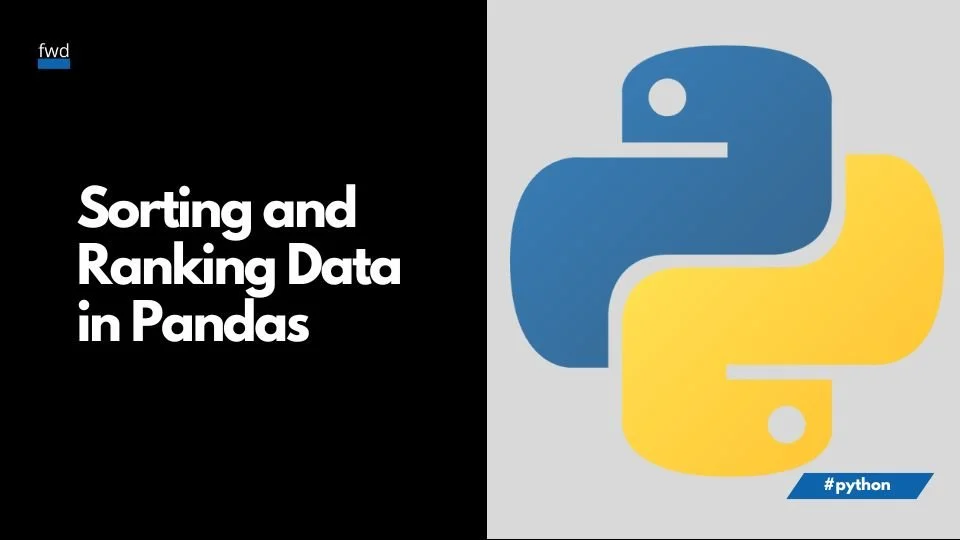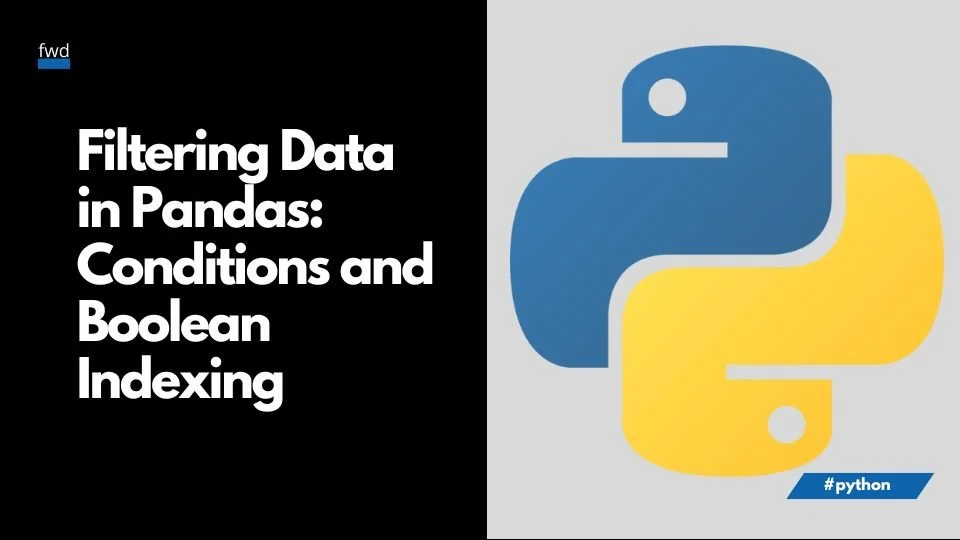Which country has the highest life expectancy?
See which countries lead the world in life expectancy in 2023, with insights on global averages, regional trends, and differences between men and women.
Canada Facts
Explore our Canada Facts series for intriguing insights and trustworthy data to keep you informed and engaged about Canada.
In 2023, Statistics Canada reported that 5.3 million Canadians—about 3 in 10 employees—were covered by collective bargaining agreements. Of which 76.7% of public sector employees were unionized compared to 15.5% of employees in the private sector.
In 2023, the agriculture sector in Canada employed 280,798 people, of which 79,734 or 28% were temporary foreign workers. This represents an increase of 15,085 people from the year before.
The Labour Force Survey provides insights into shifting national, provincial, territorial, and regional labour trends such as employment across industrial sectors, hours worked, labour force participation, and unemployment rates.
Chart of the Week
Bite-sized insights on how Canada is changing, published every Friday.
Number of active businesses in Canada edges up 0.2 percent in September
The number of active businesses is a good indicator of economic strength. Rising numbers of active businesses generally indicate economic expansion, while declines typically signal contraction. Explore the latest data from Statistics Canada to see how Canada’s doing.
Trendlines
Exploring issues shaping the world and their impacts on Canada.
See how global population surged from 3 billion in 1960 to over 8.14 billion by 2024 and how Canada’s demographic future hinges on immigration from fast-growing regions.
See which countries lead the world in life expectancy in 2023, with insights on global averages, regional trends, and differences between men and women.
Tokyo tops the global rankings of the world’s largest cities with an urban agglomeration of about 37 million people (2025). Discover the world’s most populous megacities by metro size.
Getting started with Python
Up your data analytics game by mastering the basics of Python.
Learn how to get started with pandas, Python’s powerful data analysis library. This beginner-friendly guide covers installation, importing pandas, creating DataFrames, and performing basic operations to help you master data analysis in Python quickly.
Learn how and why data analysts use the pandas melt() function to reshape wide data into long, tidy tables. Includes syntax breakdown, examples, and practical tips for easier data analysis and visualization.
Learn to sort and rank data, which will allow you to uncover patterns, identify leaders and laggards, and compare values quickly.
The Data Analytics Toolbox
Find overviews and how-to articles on topics geared towards helping you become a better data analyst.
Learn how to download, clean, and transform World Bank data for analysis. This step-by-step guide explains dataset structure, wide vs. long formats, and how to prepare World Bank indicators for use in Excel, Google Sheets, or data visualization tools.
Learn how to find key financial metrics for Canadian-listed companies using SEDAR+ filings and IFRS reports. This guide covers where to locate revenue, expenses, EPS, cash flow, and executive compensation in Canadian disclosure documents like annual reports, MD&A, and AIFs.
Learn where to find revenue, expenses, net income, EPS, executive pay, EBITDA, cash flow, and other key financial metrics in corporate filings like SEC 10-Ks and DEF 14A.
Learn how to make better data visualizations inspired by Storytelling with Data. Discover 10 chart design tips that help you simplify visuals, use color effectively, and communicate insights clearly.
MS Excel Basics
Charted
Finland is the happiest country in the world, according to the latest World Happiness Report. It’s the eighth consecutive year the Nordic country has topped the list. Following Finland are fellow Nordic countries Denmark, Iceland, and Sweden. The Netherlands rounds out the top five.
In 2023, mines in China produced an estimated 378.2t of gold, about 11% of the gold produced globally, making it the top gold-producing nation in the world, a position it has maintained for the past 15 years. Russia, Australia, Canada and the United States are among the top five.
As the world races to decarbonize and bring on cleaner sources of electricity, it got us wondering how North America’s electricity grid stacks up against the rest of the world. In this story, we explore North America’s electricity mix in 2023 and how it has changed over the years.
In 1995, Fortune Magazine released its first-ever Global 500 - a list of the top 500 companies in the world based on revenue. In this story, we explore the 500 largest companies in the world by revenue.
The global economy is powered by maritime trade. It’s estimated that 80% of the world’s goods – food, raw materials, manufactured products, etc. – are transported by sea. In this article, we explore the world’s busiest container ports in 2022.

























Registered Retirement Saving Plans or RRSPs are an important part of the retirements savings equation for many Canadians. These plans provide additional funds upon retirement, giving people an added level of financial security. Learn how many Canadians invest in RRSPs.